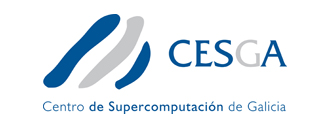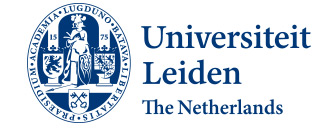For simulations in pharmaceutical research, in particular for discovering new drugs, it is often quite important to sample the energy landscape of the conformations of large molecules, e.g. proteins, at room temperature.
This is usually achieved by moving the atoms to different positions and solving the electronic structure problem for each of these atomic conformations. However, with 1000 atoms and more this approach becomes quite time-consuming, and even if the solver of the electronic structure problem is extremely fast, sampling all relevant atomic positions can be computationally prohibitively expensive. The sampling problem can be massively accelerated by solving the electron structure problem, while also considering the atomic positions as quantum mechanical degrees of freedom.














